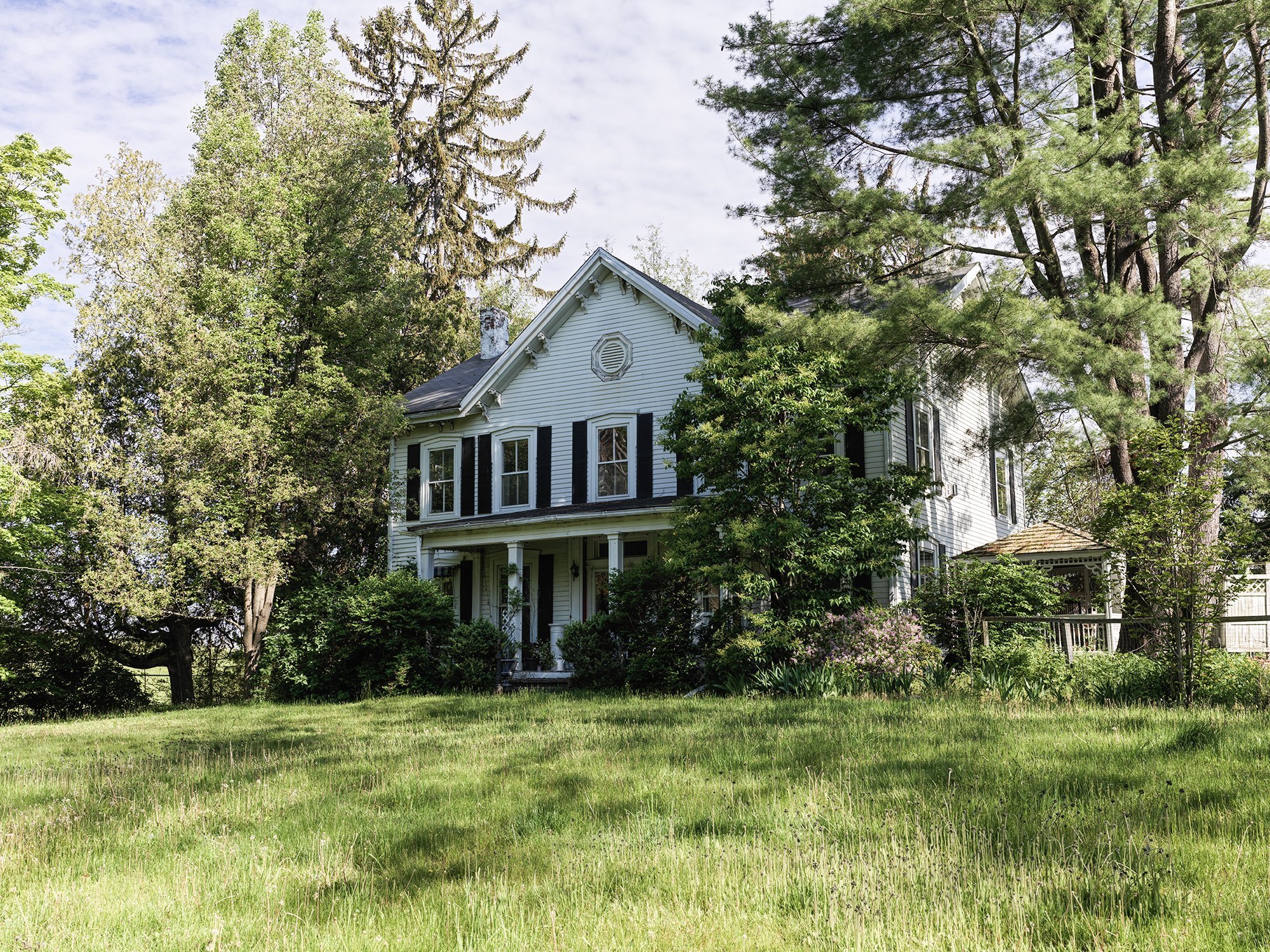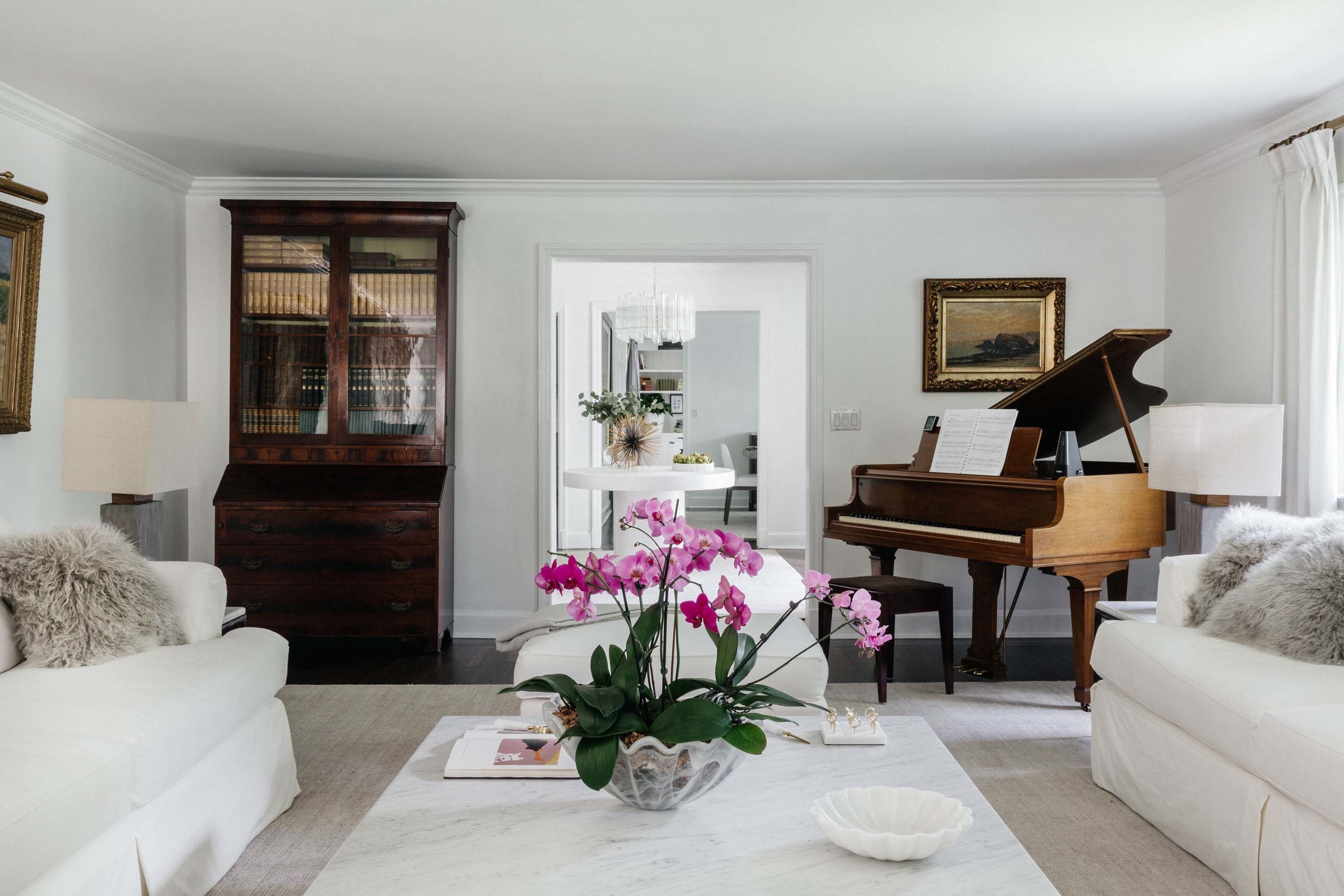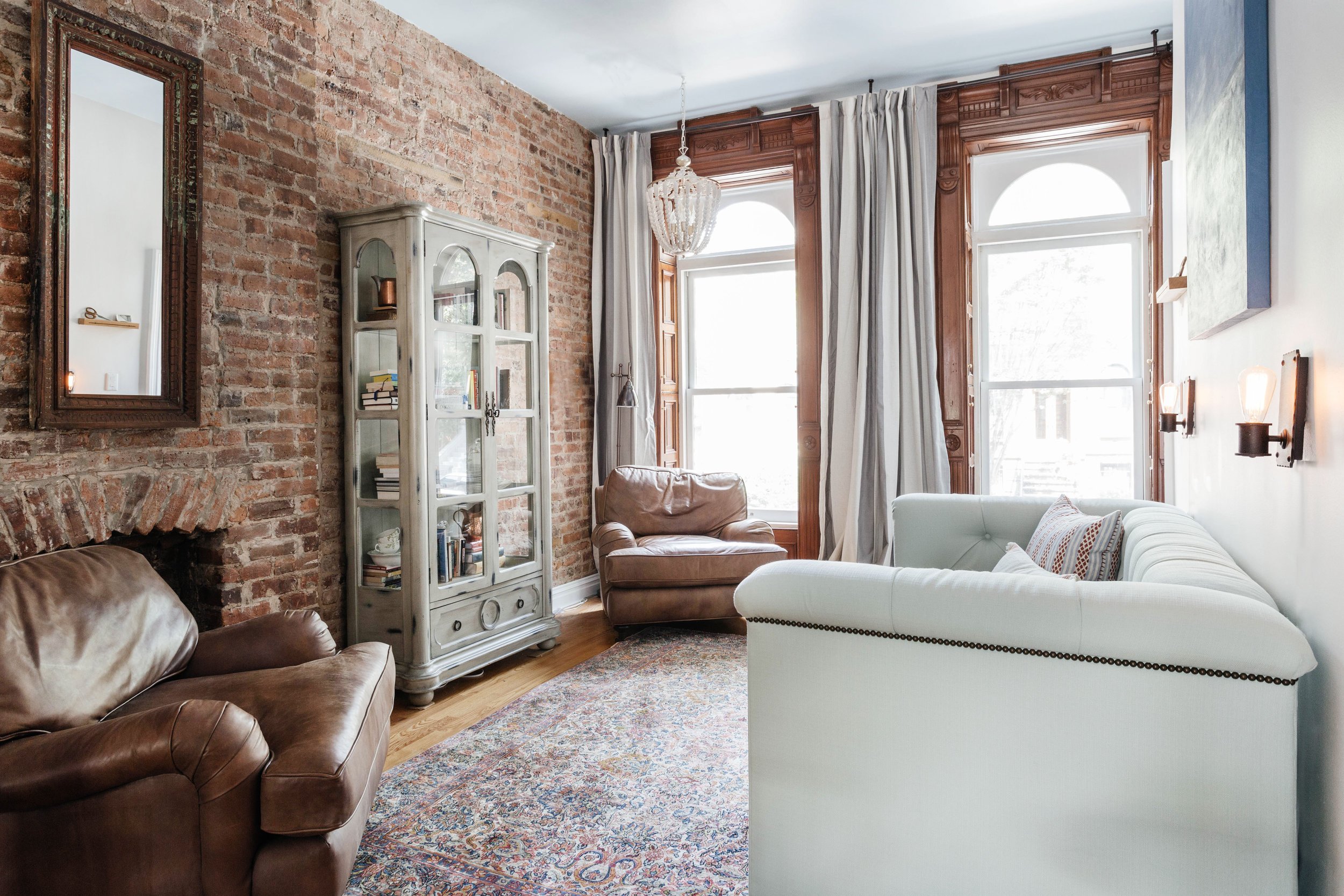Sustainable Design for Historic Homes: How to Preserve Charm While Going Green
Sustainability is a top priority for many homeowners, but older homes weren't originally built with eco-friendliness in mind. For those living in historic properties, this can pose a unique challenge. The good news is, that you don't need to tear down your home and start from scratch to achieve sustainability. With thoughtful design and careful planning, you can make your historic home environmentally responsible while preserving its rich history. This blog will explore practical strategies for integrating sustainable practices into historic homes, allowing you to honor the past while embracing a greener future.
Art Home Garden
Historic Preservation
Before diving into sustainable practices, you may be wondering—what makes a home historic? Generally, a historic home is at least 50 years old and has architectural, cultural, or historical value. As representations of a link to the past, preserving these homes is important. However, this doesn't mean freezing a home in time. It's about striking a balance between maintaining the home's original integrity and making upgrades to meet modern standards, including aesthetics, functionality, and sustainability.
Art Home Garden
How to Update Your Historic Home for Sustainability
Upgrading a historic home for sustainability requires a careful balance between modern efficiency and preservation of the home’s original character. Unlike newer homes, historic properties come with unique architectural details and construction methods that must be respected. By making thoughtful upgrades, you can improve your home’s energy efficiency, and reduce its environmental impact, while maintaining its historic integrity. Keep reading to learn how to make these upgrades, ensuring your home stays true to its past while becoming more sustainable for the future.
Architectural Digest
Assess Your Home’s Needs
Before beginning any upgrades, you’ll want to evaluate your home’s specific needs.
Perform an Energy Audit: Start by evaluating your home’s current energy efficiency. A professional assessor will evaluate insulation, windows, heating and cooling systems, and other important areas.
Identify Problem Areas: The audit will note areas where your home wastes energy, such as windows and doors, poor insulation, or old heating systems. Understanding these issues will help you prioritize upgrades that will have the most impact.
Develop a Plan: Based on the results, create a plan to fix the inefficiencies. This plan will guide your sustainable upgrades, ensuring they are both effective and respectful of your home’s historic character.
By thoroughly assessing your home’s needs, you can make informed decisions that enhance both sustainability and the preservation of your historic property.
Source Sustainable Materials
When working on a historic home, choosing the right materials is critical.
Architectural Digest
Restoration vs. Replacement: Whenever possible, restoring original features is preferable to replacing them. This method maintains the home’s character and reduces the environmental impact associated with manufacturing new materials. When you opt for replacement, select materials that fit with the original design but are sustainably sourced or produced.
Reclaimed and Recycled Materials: Salvaged wood, bricks, and other materials can be excellent choices for maintaining the aesthetic of a historic home while minimizing waste. Using reclaimed materials helps preserve the authenticity of the home and supports a circular economy.
Eco-friendly Insulation: Older homes often suffer from poor insulation, leading to higher energy use. Upgrading to eco-friendly insulation, like cellulose or sheep’s wool, can improve energy efficiency without harming the home’s structure. Pay attention to common problem areas for older homes like attics, exterior walls, basements, windows, doors, chimneys, and fireplaces.
Architectural Digest
Invest in Energy Efficiency Upgrades
Energy efficiency is a key aspect of sustainable design, and there are several ways to improve it in a historic home without compromising its original character.
Window Restoration: Instead of replacing original windows, consider restoring them. Adding storm windows or weather stripping can enhance energy efficiency while preserving the original glass and frames. It’s also a more cost-effective solution than investing in new windows.
Heating and Cooling Systems: Installing eco-friendly heating and cooling systems, such as energy-efficient mini-split systems, can ensure you remain comfortable while respecting the home’s architecture. These systems are often less invasive and more flexible than traditional HVAC setups.
Art Home Garden
Solar Panels and Green Energy: While solar panels might seem out of place on a historic home, there are discreet options available. Ground-mounted systems or solar shingles can provide renewable energy without sacrificing the home's aesthetic.
Implement Water Conservation Techniques
Water conservation is another important part of sustainable living, and it can be seamlessly integrated into historic homes.
Low-flow Products: Low-flow plumbing fixtures like faucets, showerheads, and toilets help significantly reduce water usage. Modern fixtures designed with a vintage aesthetic can blend seamlessly with the home's historic style.
Rainwater Harvesting: Harvesting rainwater for irrigation is a sustainable practice that can be incorporated discreetly. Cisterns or barrels can be hidden in the landscape to maintain the home’s visual appeal.
Greywater Systems: Reusing greywater—wastewater from sinks, baths, and laundry—for irrigation can further reduce water consumption. The traces of dirt, hair, and food in greywater are actually beneficial for plants. These systems can be designed to minimize their visual impact and align with the home’s historic character.
Architectural Digest
Opt for Sustainable Design Choices
Sustainability extends beyond structural changes to the interior design decisions throughout your home.
Sustainable Furnishings: Opt for furniture made from reclaimed wood, natural fibers, or other sustainable materials. Look for brands that prioritize eco-friendly and ethical business practices, along with quality and craftsmanship ensuring pieces are made to last. Vintage or antique pieces may not only suit the period of the home but also avoid the environmental cost of new production.
Non-toxic Paints and Finishes: Many paints and finishes can contain harmful chemicals. Choose non-toxic, low-VOC (volatile organic compounds) products to ensure healthy air quality indoors.
Lighting Solutions: Energy-efficient lighting, such as LED bulbs, can be adapted to suit period fixtures. These bulbs require less energy and are longer lasting, as opposed to incandescent bulbs, reducing both energy use and waste.
Art. Home Garden
Hire the Right Professionals
Achieving the delicate balance between historic preservation and sustainable design requires expertise. You’ll want to work with professionals with expertise in both areas.
At AHG Interiors we understand the nuances of historic architecture and modern sustainability and can guide you through the process, ensuring that your upgrades honor the home’s original design.
We also maintain a commitment to sustainability. And will help you navigate the complexities of regulations, sourcing materials, and executing work that respects both the past and the future.
If you’d like to update your historic home, contact us today for a consultation. We’ll help you create a plan that preserves and enhances your home’s unique character while making it more comfortable and environmentally friendly.








